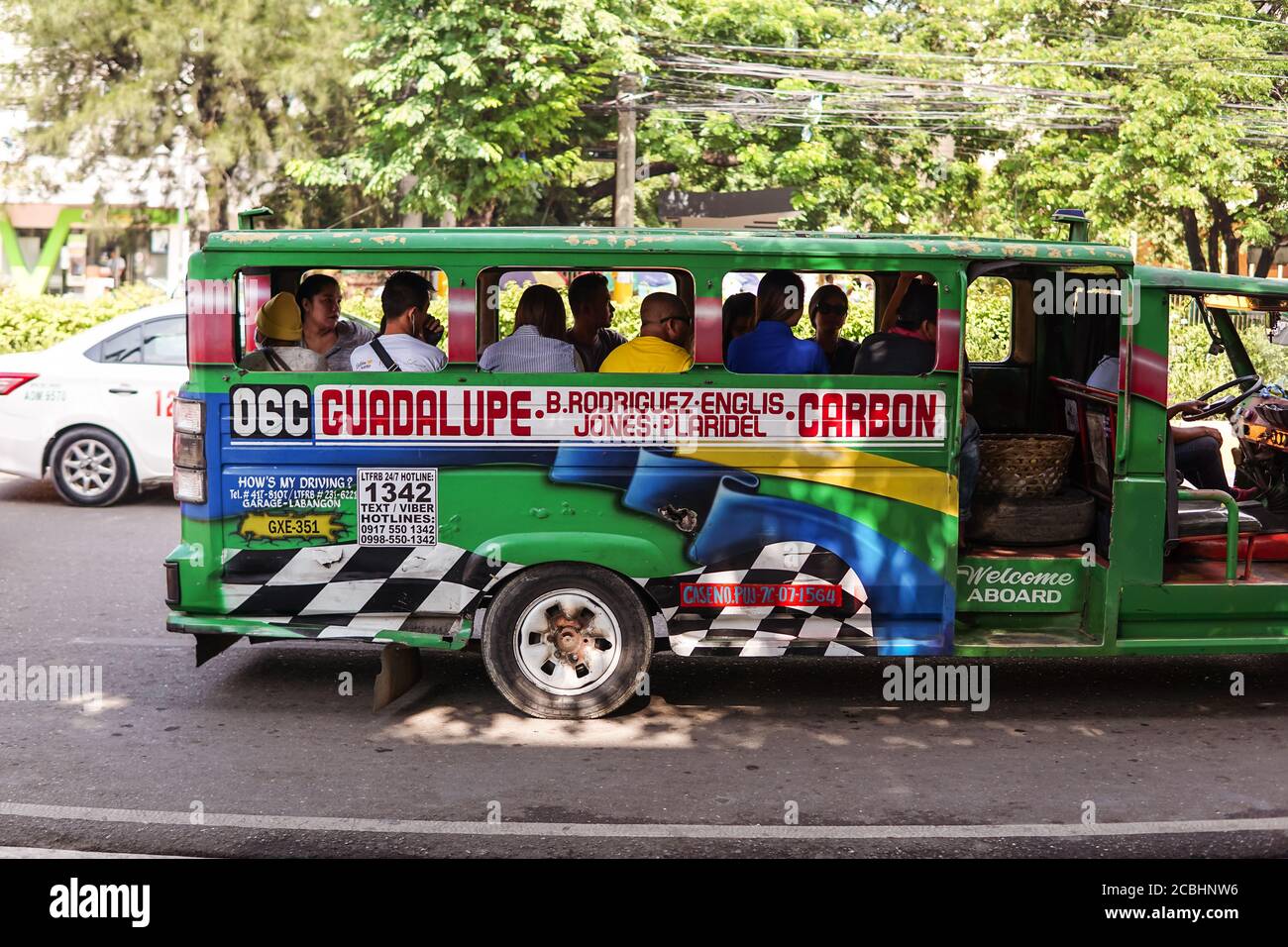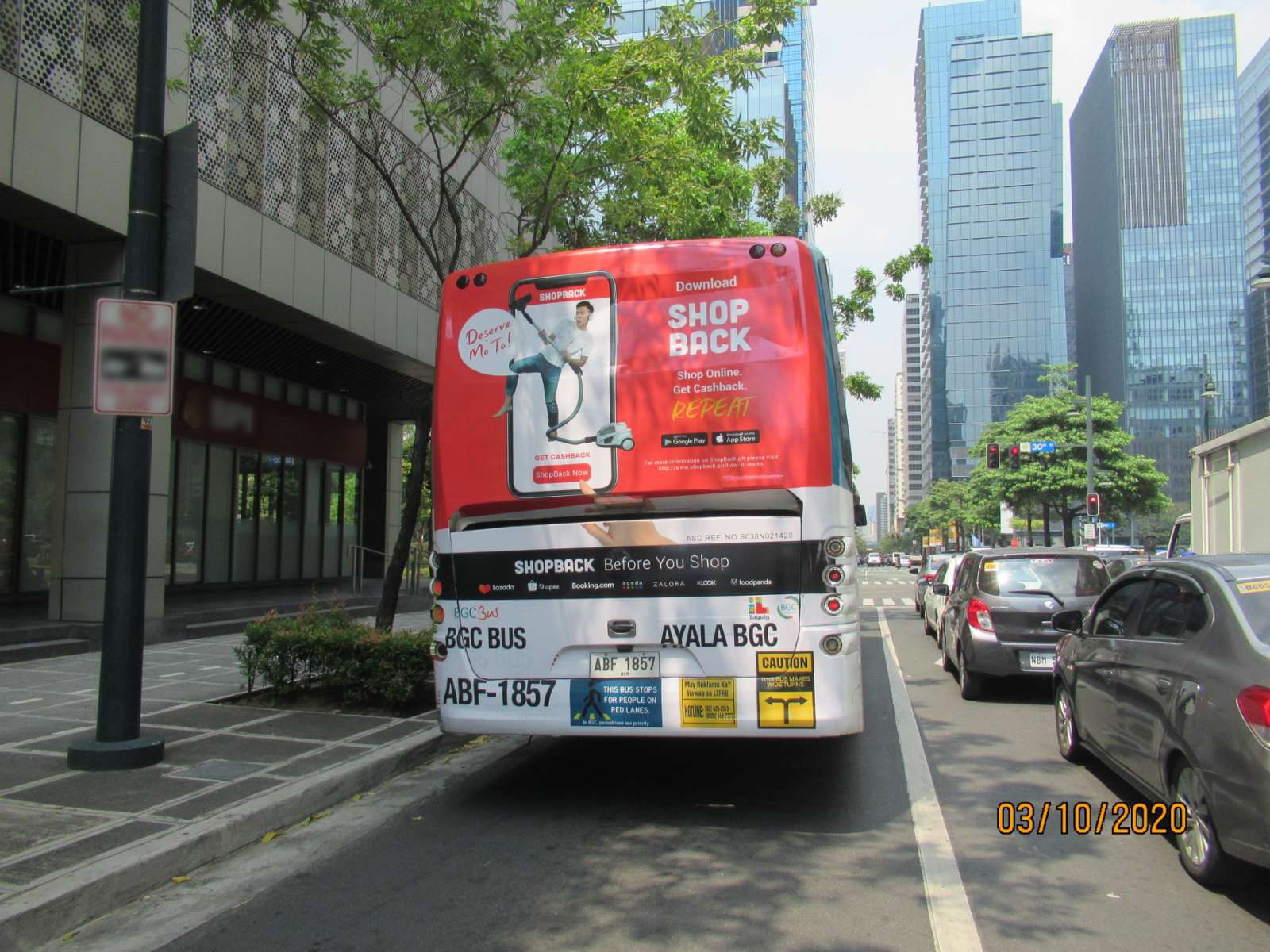Optimize Direct Exposure with Transit Advertising Philippines
Optimize Direct Exposure with Transit Advertising Philippines
Blog Article
How Transportation Advertising Can Transform Mass Transit Spaces Into Dynamic Advertising Platforms
Transit advertising and marketing holds considerable capacity to redefine public transportation rooms into vivid marketing platforms that notify and involve. As we explore the diverse advantages and progressing techniques of transit advertising and marketing, it increases the question of exactly how this transformation could redefine our interactions with both brand names and the city setting.
Advantages of Transit Advertising

Furthermore, transportation marketing is very economical compared to standard media. It enables advertisers to accomplish high impressions at reduced costs, optimizing return on financial investment. The captive audience of commuters gives an opportunity for brand names to communicate their messages to individuals that are frequently receptive throughout their traveling times.
Furthermore, the dynamic nature of transit advertising allows campaigns to be upgraded often, making sure that messaging remains pertinent and prompt. This adaptability can be essential in reacting to market trends or advertising events, maintaining the brand name top-of-mind for consumers. Last but not least, the prevalent visibility of transportation advertising and marketing adds to brand recall; duplicated exposure within acquainted traveling contexts reinforces brand name awareness and promotes consumer loyalty, eventually driving sales and improving brand name reputation.
Kinds of Transit Marketing
Public transport systems offer different formats for marketing, each catering to different marketing techniques and audience engagement approaches. One prominent type is outside bus and train wraps, which cover the entire automobile and develop a mobile billboard impact, permitting high exposure in city atmospheres. These wraps can capture attention as they go across active roads, reaching a varied target market.
One more prominent layout is interior advertising and marketing, that includes posters, electronic displays, and advertisements on transportation seats. These placements engage travelers throughout their journey, strengthening brand name messaging in a constrained room. Digital shows, in particular, provide the benefit of dynamic content, making it possible for advertisers to upgrade messages in real-time.
Station advertising and marketing is likewise considerable, including posters, banners, and interactive booths within transportation stations. These advertisements take advantage of foot website traffic and can target specific demographics based upon place.
Finally, promotional partnerships with transit authorities can lead to special campaigns, such as themed transit experiences or events, boosting the general interaction with travelers. Each sort of transit advertising and marketing supplies distinctive advantages, permitting brand names to customize their approach to efficiently reach their target audience within the general public transport ecosystem.
Involving Commuters Successfully
Travelers are significantly flooded with advertising and marketing messages throughout their everyday travels, making it important for brand names to additional hints engage them in ingenious means. To record interest in this jampacked space, advertisers should focus on creativity and significance. Making use of distinctive visuals and concise messaging can significantly improve the possibility of engagement.
Interactive elements, such as QR codes or augmented truth features, can additionally transform static ads into immersive experiences, fostering a much deeper connection with the audience. Brands should concentrate on resolving travelers' rate of interests and requirements, tailoring messages to resonate with their way of living, whether via promotions for local services or solutions developed to boost their commuting experience.
Moreover, timing plays a crucial function; strategically placing ads throughout top commuting hours can make best use of visibility and effect. Engaging travelers effectively additionally involves leveraging social media sites assimilation, permitting guests to share their experiences or promotions straight from transit platforms, thus amplifying brand name reach.
Fundamentally, reliable engagement depends upon understanding the traveler trip and producing compelling, interactive, and relevant advertising experiences that not just catch interest yet additionally drive activity and commitment. By doing so, brands can change public transportation into a vibrant advertising and marketing system that resonates with its audience.

Measuring Marketing Influence
How can brands accurately evaluate the effectiveness of their ad campaign in transit environments? Gauging the effect of transit advertising calls for a multifaceted strategy that integrates qualitative and measurable metrics. One prevalent method is tracking involvement through mobile analytics, where brands can assess foot traffic patterns and app interactions previously, during, and after campaigns.
Surveys can offer important insights right into brand name recall and consumer belief, permitting brand names to evaluate just how well their messages reverberate with commuters. Furthermore, monitoring social media interaction pertaining to specific campaigns can expose changes in public assumption and brand conversation.

Moreover, teaming up with transportation agencies can improve dimension accuracy, as they frequently have thorough demographic data on ridership trends. By integrating these approaches, brand names can create a comprehensive understanding of their advertising and marketing effectiveness, making sure that their projects not only reach yet also affect their target market successfully.
Future Patterns in Transportation Advertising And Marketing
A considerable shift is expected en route advertising and marketing as technical improvements and altering customer actions improve the landscape. Transit Advertising Philippines. The integration of interactive media and digital displays is anticipated view publisher site to boost involvement, allowing brand names to supply dynamic content that resonates with varied audiences. As public transport systems accept smart technology, marketers will utilize real-time data analytics to tailor messages based on guest demographics and habits
Moreover, enhanced fact (AR) is positioned to transform the means travelers engage with advertisements. By providing immersive experiences, AR can transform an ordinary journey into an appealing story that records interest and fosters brand name loyalty. This advancement will likely encourage advertisers to create even more experiential projects that drive customer interaction.
Sustainability is one more critical trend affecting transit marketing. As environmental awareness grows, brand names will significantly seek to straighten with green methods, using sustainable products and promoting green initiatives within their campaigns.
Final Thought
In verdict, transportation advertising offers considerable benefits by enhancing brand name exposure and engaging a captive target market. As patterns advance, the potential for ingenious communications between commuters and brand names is positioned to grow, making certain that transit advertising and marketing continues to be a crucial component of contemporary marketing techniques.
Transit marketing holds substantial possibility to redefine public transportation spaces right into dynamic advertising systems that educate and involve. The prevalent presence of transportation advertising adds to brand name recall; duplicated direct exposure within familiar traveling contexts strengthens brand name recognition and fosters customer loyalty, inevitably driving sales and enhancing brand name reputation.
How can brands properly assess the effectiveness of their marketing campaigns in transit atmospheres?In conclusion, transit marketing offers substantial benefits by boosting brand visibility and engaging a restricted audience. Transit Advertising Philippines. As patterns advance, the capacity for cutting-edge communications in between brands and travelers is poised to expand, making sure that transportation marketing continues to be an important component of modern advertising techniques
Report this page